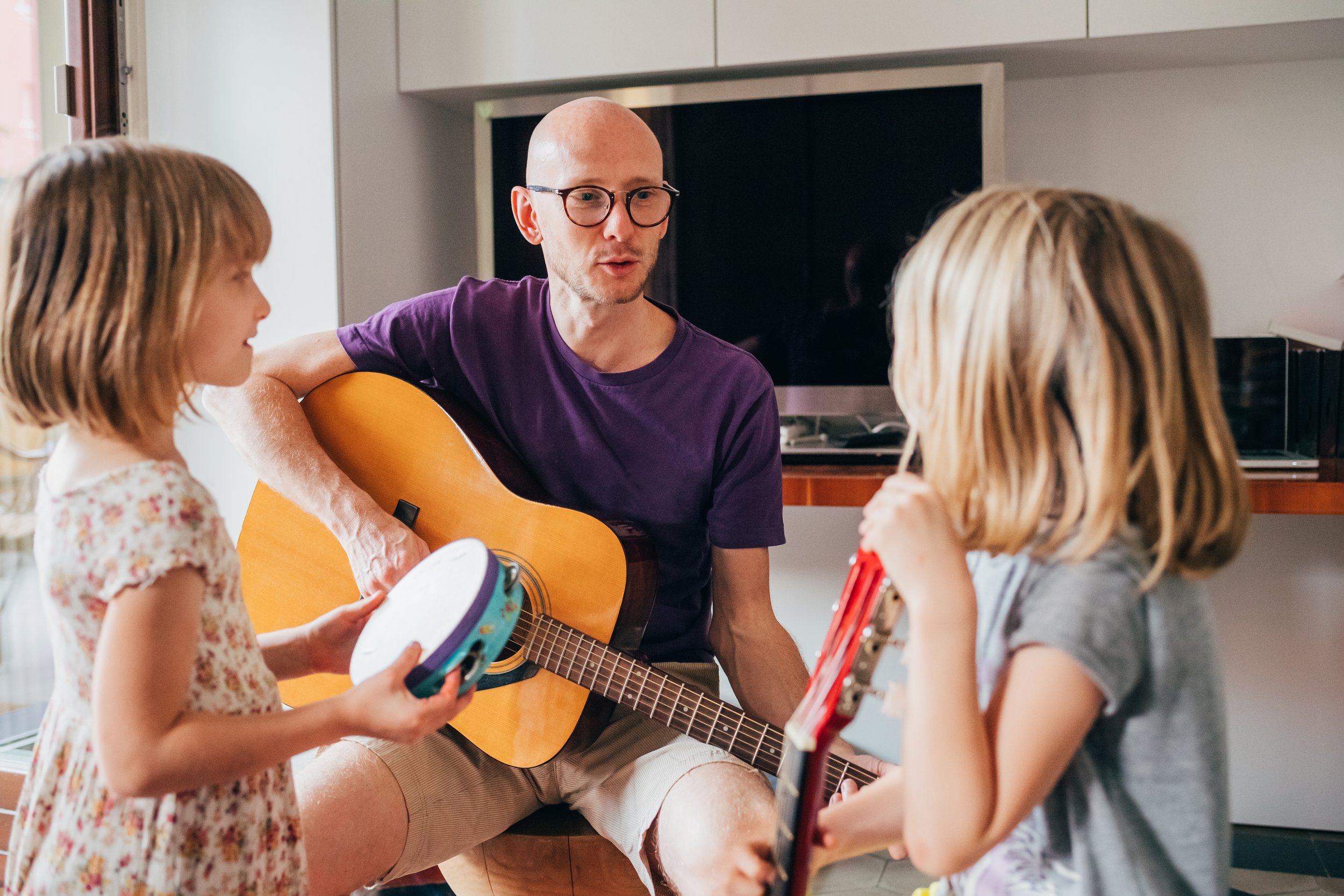
Whether it’s finding out how to cook a new dish from an experienced chef or perfecting a new skateboard trick from an online video, picking up new skills through observation is key to learning. For children with autism spectrum disorder (ASD) who receive applied behavior analysis (ABA) therapy, this style of learning, also known as modeling, is one of the core techniques used to help children acquire and practice skills.
Need a quick refresh? Click here to learn about the basics of ABA therapy.
What Is Modeling in ABA Therapy?
Modeling in ABA therapy is a teaching technique where students imitate a target behavior from someone who has already mastered the sought-after skill or behavior. The person, or model, that the child with autism is learning from can either be in-person (an in-vivo model) or remote (via video or an audio recording).
In-Person vs. Video Modeling for Children With ASD
While some things just can’t be taught online or by listening to a set of instructions, there are several skills that children can learn remotely. Both styles of modeling can benefit children with autism spectrum disorder, including
-
Teaching social skills to children with ASD
-
Helping children with autism improve communication skills
-
Learning how to accomplish simple mechanical tasks
Marjorie H. Charlop-Christy, Loc Le, and Kurt A. Freeman, in A Comparison of Video Modeling With In-Vivo Modeling for Teaching Children with Autism, explain that “Both in-vivo modeling and video modeling are effective not only in teaching new behaviors to children with autism but also in promoting generalization and maintenance of these behaviors.”
In the above study, the researchers tested which style of modeling was more effective for children with ASD. The group discovered that video modeling is an effective and efficient technique for teaching children with autism various behaviors, including expressive labeling, independent play, spontaneous greetings, oral comprehension, conversational speech, cooperative and social play, and self-help skills.
The researchers also found that the majority of participants in the study were able to accomplish tasks more quickly when learning through video modeling. They also found that video modeling promoted the generalization of these tasks across different persons, settings, and stimuli, while in-vivo modeling did not.
While Charlop-Christy, Le, and Freeman discovered that video modeling was more effective than in-person modeling, Sophia Couloura, Angeliki Gena, and Effie Kymissis, found that “contextually appropriate affective responding can be taught to preschool children with autism at home and in the context of play activities using in-vivo modeling or video modeling, along with reinforcement and prompting procedures.”
Regardless of which technique may be more effective, both video and in-vivo modeling can be used simultaneously to help children with autism acquire skills and learn new behaviors.
How Other ABA Therapy Techniques Make Modeling More Effective
ABA therapy is often most effective when combined with therapeutic techniques like Discrete Trial Training (DTT) and Natural Environment Teaching (NET).
Discrete Trial Training is a teaching technique that breaks down an action into small, bite-sized pieces. DTT uses positive reinforcement as a means of incentivizing the desired behaviors. For modeling to be effective, steps outlined for the child with autism should be clear and straightforward.
Read our blog to get an in-depth look at Discrete Trial Training in ABA therapy.
Often, DTT is done in a controlled setting, meaning that the skills that a child with ASD learns through ABA therapy might not translate well in a different environment. Natural Environment Teaching, as the name suggests, occurs in settings, such as a classroom or a store, where a more complex, less structured approach is required.
When thinking about modeling, if a skill can be taught in the environment where it is meant to take place, then the child will be able to form a connection between the set of learned actions with the environment. If done through video modeling, the child could bring the video they are learning from with them so they can better understand the contextual relationship between the learned behavior and the environment where it is intended to take place.
Is Modeling Used by Therapists at Applied ABC?
At Applied ABC, BCBAs and RBTs use modeling when providing ABA therapy to children. Modeling is used in conjunction with DTT and NET to help children with autism gain important life skills, gain confidence, and lead more independent lives.
Do you have or know a child that has been diagnosed with autism and want to see if ABA therapy services at Applied ABC are right for them? Click here to fill out an autism therapy assessment.
Sources Cited
Charlop-Christie, Marjorie H; Le, Loc; Freeman, Kurt. A Comparison of Video Modeling With In-Vivo Modeling for Teaching Children With Autism
Gena, Angeliki; Couloura, Sophia; Kymissis, Effie. Modifying the Affective Behavior of Preschoolers With Autism Using In-Vivo or Video Modeling and Reinforcement Contingencies





